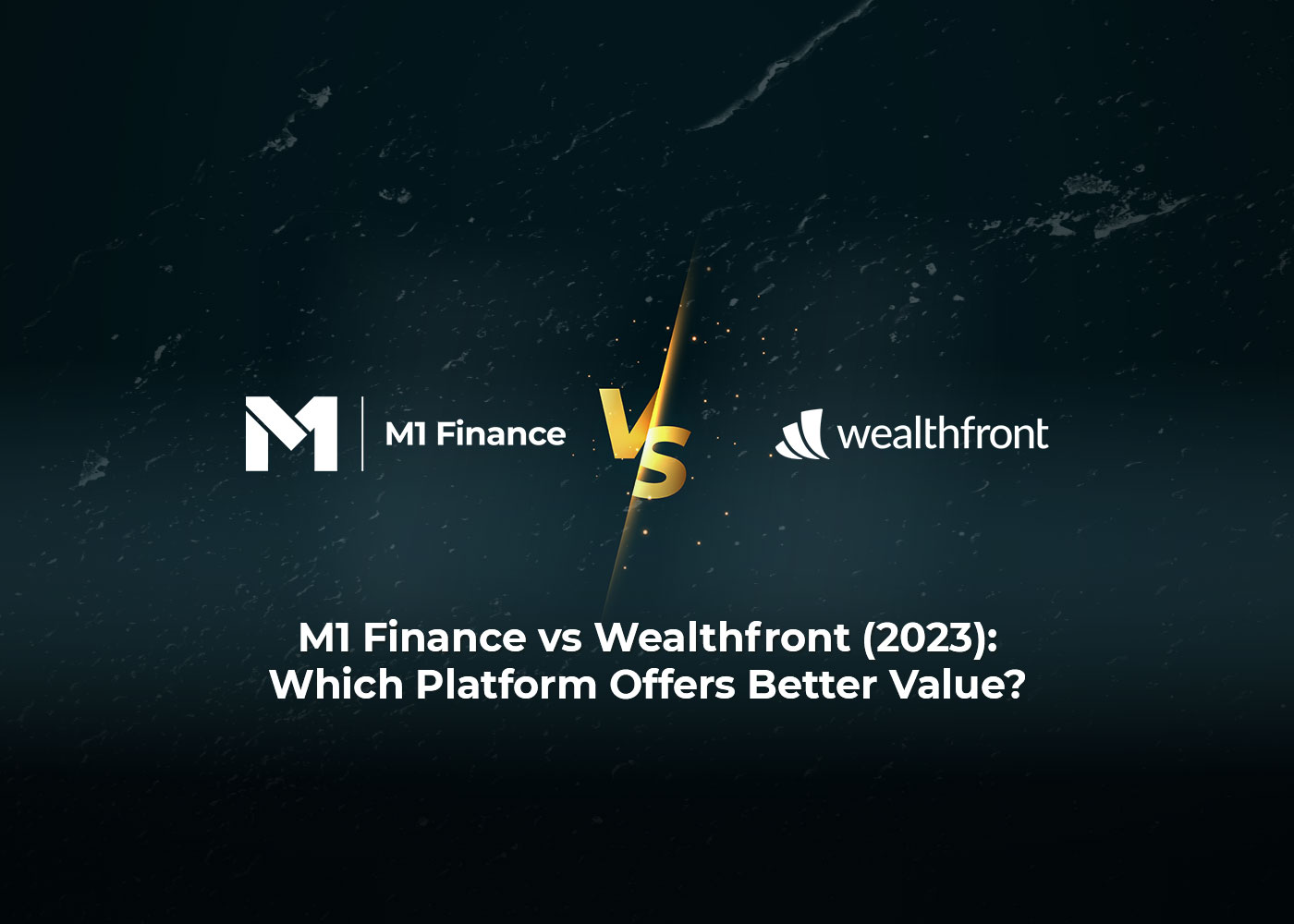M1 Finance vs Wealthfront (2023): Which Platform Offers Better Value?
M1 Finance and Wealthfront are two investment platforms that are particularly popular among expert investors. Looking at their general features, both platforms are designed to help users optimize their investment portfolios and generate better returns.

M1 Finance and Wealthfront are two investment platforms that are particularly popular among expert investors. Looking at their general features, both platforms are designed to help users optimize their investment portfolios and generate better returns.
However, choosing which platform is better for you can be extremely difficult. Since M1 Finance and Wealthfront are two of the most popular investment platforms among investors, it can be instructive to look at user reviews and complaints.

Platforms’ Investment Options
M1 Finance and Wealthfront offer a wide range of investment options to their users. M1 Finance offers a wide range of investment options such as individual stocks, ETFs, bonds and options.
Wealthfront, on the other hand, focuses more on ETFs and offers detailed ETF portfolios for investors.
M1 Finance also stands out for its dynamic investment strategies that allow users to create a unique portfolio. This allows investors to automatically manage their portfolios according to their investment preferences instead of manually organizing them.
Wealthfront, on the other hand, asks users a series of questions to make investment decisions and automatically manages the investment portfolio. Since the management here is more in the form of guidance, a more interactive and customized method may have been created.
What are the Pricing Logic and General Differences of the Platforms?
M1 Finance and Wealthfront each have their own fee structure. M1 Finance offers investors a free investment platform. As such, it does not charge fees for transactions. Instead, the platform charges a management fee for managing the investment instruments used by investors.
Wealthfront, on the other hand, has opted to charge investors 0.25% as a management fee. The platform requires traders to make a minimum deposit of $500. However, it does not charge a transaction fee.
Both M1 Finance and Wealthfront offer additional fee-based services to investors. M1 Finance offers specialized portfolio management services to its gold-level investors for a 1.25% management fee. Wealthfront, on the other hand, offers tax-loss utilization and cash management services to its investors for an additional fee.
Details on Ease of Use and Interface
M1 Finance and Wealthfront simplify users’ investment experience by offering a user-friendly interface. M1 Finance offers a dynamic investment strategy that allows users to automatically manage their investment portfolios. Users can also organize their portfolios manually.
Wealthfront automatically manages investors’ investment portfolios. The process can take a little longer as the platform poses a series of questions to identify investors’ investment preferences and goals. Wealthfront then builds a suitable portfolio to meet investors’ stated goals. In both processes, users prefer their own backgrounds and differences in more detail.
In general, this can be summarized as follows: Both platforms are extremely convenient. It is also true that there are some fundamental differences in both platforms.
What are the Features According to Account Types?
M1 Finance and Wealthfront offer a number of different account types, including individual, joint and retirement accounts. While these account types may appear similar, they can also include some fundamentally different options.
To give a brief example: M1 Finance offers users many unique features. For example, the platform allows users to create multiple portfolios from a single account. The platform also allows investors to invest in individual stocks they own.
Wealthfront, on the other hand, offers account types that depend more on active usage options. In other words, it allows investors to invest in ETFs. The platform also automatically manages investors’ portfolios. However, Wealthfront does not have as wide a range of unique features as M1 Finance.
Benchmarking Client Relationships
M1 Finance and Wealthfront take different approaches to customer support and education. M1 Finance provides customer support to its users via email, phone and live chat. The platform also provides its users with a blog, webinars and investment information.
Wealthfront provides customer support via email and phone, with a focus on investors. In addition, Wealthfront provides its users with a range of educational resources such as blogs, podcasts, and investment information.
Which One to Choose?
M1 Finance and Wealthfront are popular investment platforms designed to help investors optimize their portfolios. However, there are differences between the two platforms.
M1 Finance offers a dynamic investment strategy that allows investors to create unique investment portfolios. The platform also allows investors to invest in individual stocks that they own. Wealthfront, on the other hand, automatically manages investors’ portfolios and creates a suitable portfolio that meets investors’ stated goals.
M1 Finance stands out as the platform charges no transaction fees, while Wealthfront charges a 0.25% management fee. Both platforms offer unique features and services for investors.
In summary, M1 Finance and Wealthfront are two popular investment platforms that can serve different purposes for investors. When choosing, it is important for investors to decide based on their investment goals, budget and investment style. By comparing the two platforms, you can decide which platform offers more value to investors.




